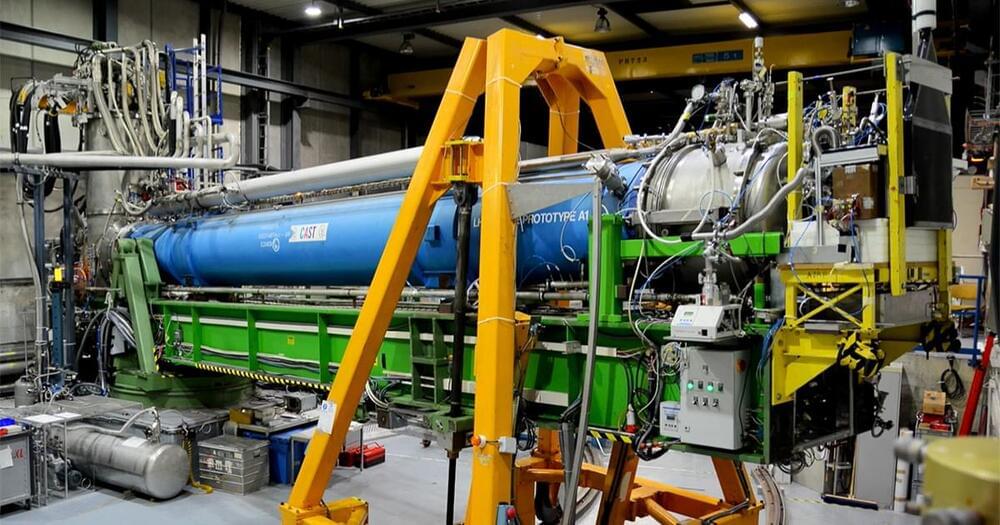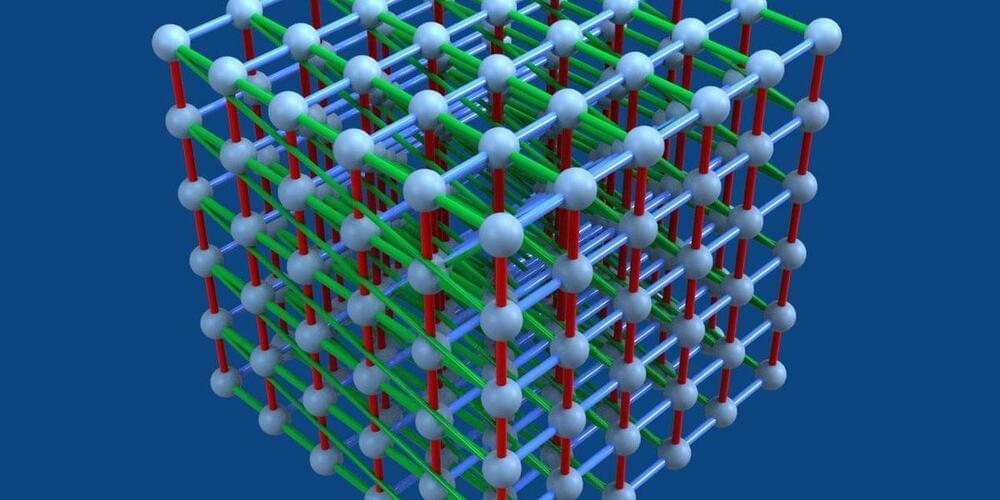Subscribe here: http://9Soci.al/chmP50wA97J Full Episodes: https://9now.app.link/uNP4qBkmN6
Watch the full interview here: https://youtu.be/gho0PlDU_TI
Filmmaker James Cameron has visited the Titanic wreck more than 30 times, and this sparked his love for deep ocean exploration. In this 2018 #60Mins interview, he said with most voyages to the ocean floor, the risk is high and rescue is difficult.
WATCH more of 60 Minutes Australia: https://www.60minutes.com.au.
LIKE 60 Minutes Australia on Facebook: https://www.facebook.com/60Minutes9
FOLLOW 60 Minutes Australia on Twitter: https://twitter.com/60Mins.
FOLLOW 60 Minutes Australia on Instagram: https://www.instagram.com/60minutes9
For over forty years, 60 Minutes have been telling Australians the world’s greatest stories. Tales that changed history, our nation and our lives. Reporters Liz Hayes, Tom Steinfort, Tara Brown, Nick McKenzie and Amelia Adams look past the headlines because there is always a bigger picture. Sundays are for 60 Minutes.
#60MinutesAustralia







